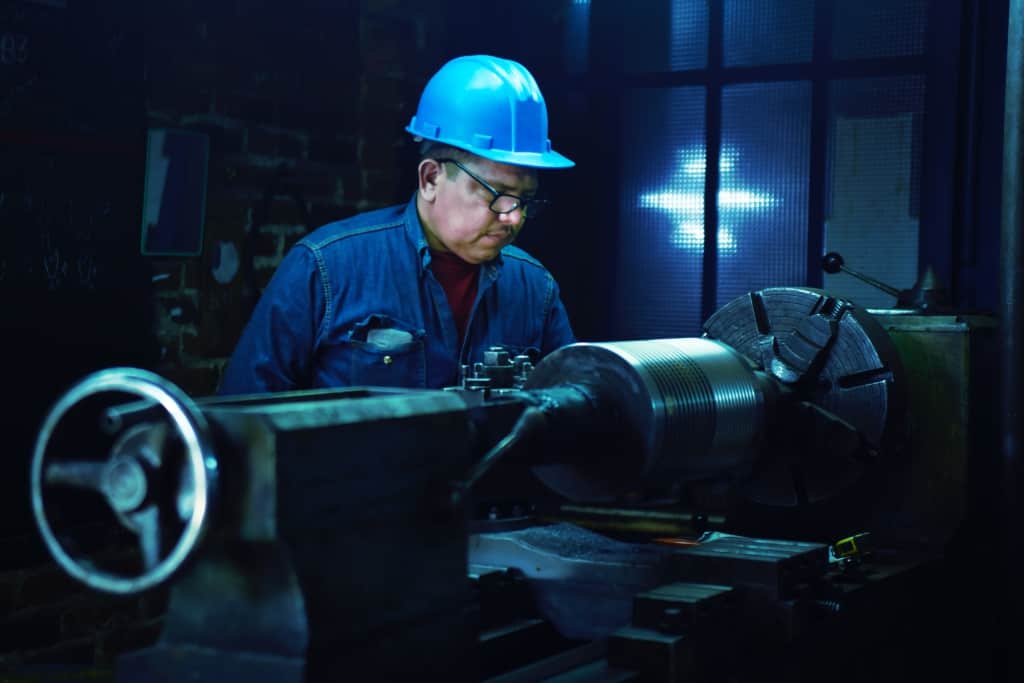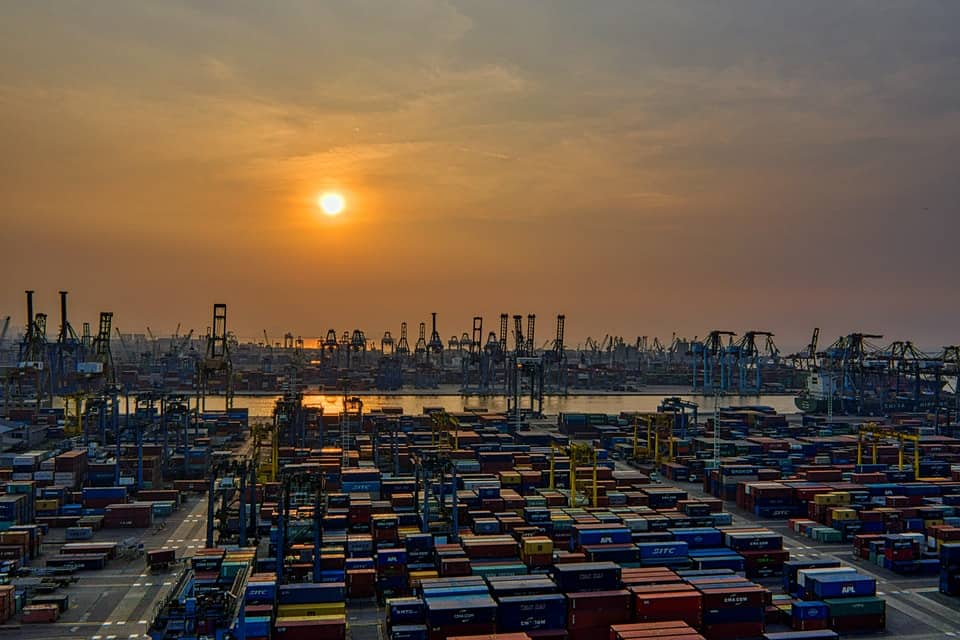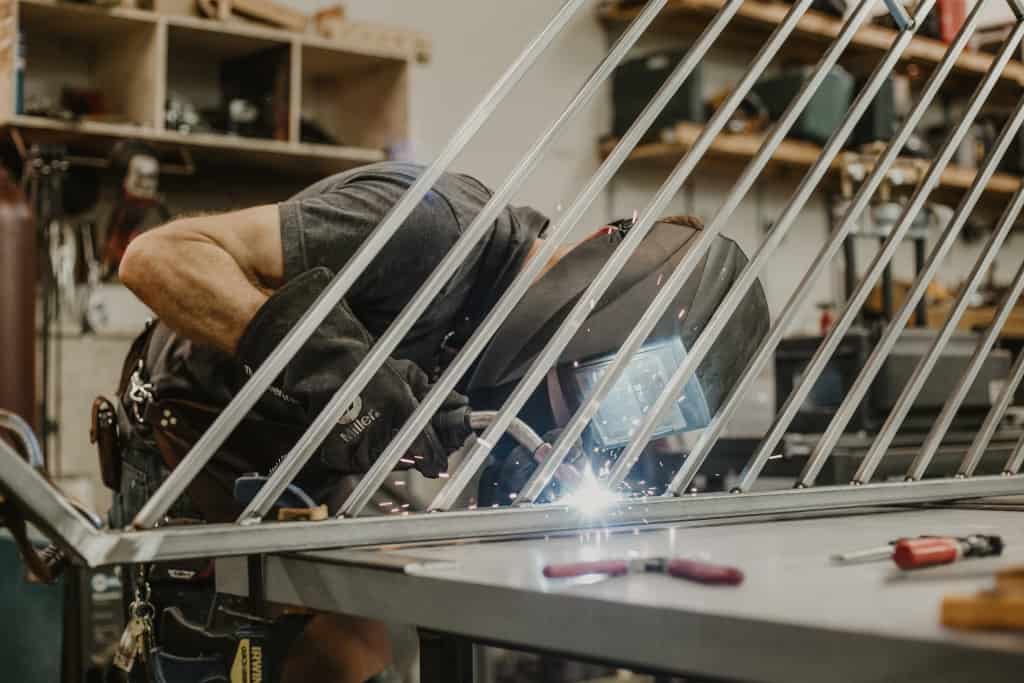What it Takes to Reshore Manufacturing Successfully
Reshoring manufacturing is a hot topic these days, as the cascading effects of supply chain disruptions are still being felt throughout the economy.
Companies with major manufacturing units are now, more than ever, looking for ways to shorten their supply chains and reduce business risks by re-establishing manufacturing facilities on home soil. This kind of endeavor presents huge challenges for manufacturers of all kinds, but there are manufacturing financing solutions that can provide what it takes to reshore manufacturing successfully.
From generating internal synergies and reconnecting departments to creating a strong supply base, companies who make the move to reshore manufacturing need working capital. Accord Financial can lend a helping hand.

What is Reshoring Manufacturing?
Reshoring manufacturing means that companies relocate their manufacturing productions back to their home country. For decades, it was common practice to offshore manufacturing; meaning that companies would move their manufacturing facilities to locations with lower labor and production costs. The pendulum is swinging in the opposite direction, and companies are looking for ways to establish domestic manufacturing facilities.
Why Are Companies Reshoring Manufacturing?
After decades of outsourcing manufacturing, highly developed countries, such as Canada and the United States, are beginning to come to terms with the implications of this long standing business practice.
To many observers, the greatest threat on the horizon is one of limited future possibilities. Without top-tier manufacturing facilities on native soil, it will be impossible for North American companies to secure their economic future and produce the next generation of products.
Now, let’s take a closer look at some of the reasons that drove offshoring, in order to get a better sense of what it takes to reshore manufacturing successfully.
Labor Costs
China became the “workshop of the world” thanks to its low-cost business environment, and although it is the largest source of manufactured products, it is not the only country.
Labor arbitrage was the driving force at the start of the offshoring era. Manual processes replaced ‘hard’ automation since it cost less for companies and human operators showed more flexibility than machines that needed consistent reprogramming with each new model.
Since manual labor was so inexpensive in these foreign countries, it became much more profitable to import from overseas rather than produce domestically. Prior to the introduction of robotics and automated manufacturing, there was no question that cheap labor won out over domestic manufacturing.

Logistics Costs
Companies nationwide struggled as there became a high demand for transporting fragile products due to increasingly high supply chain logistics cost. Costs only kept increasing with the significant volume of materials needed for transport.
With the mass offshoring in the 1990s and 2000s, places, such as China, localized their supply chain and encouraged their vital suppliers to establish themselves nearby to save money and time on replenishments. Suppliers who chose not to move for the benefit of China-based manufacturers were replaced. As a result, there was a global shift toward China as a supply base.
More recently, these costs have risen drastically due to the pandemic, shipping container shortages, oil price volatility, and inflation among other macroeconomic factors. Companies need to be committed to building a domestic supplier ecosystem if they intend to reshore manufacturing away from other emerging economies around the world. They will need to view supply relationships from a strategic, rather than transactional, standpoint. The focus must be on a long-term development of capabilities.
Skills Gap
Another reason restoring manufacturing work to domestic factories is crucial for companies in America and other countries is that there is a generational skills deficiency, particularly in technical areas, as a result of years of offshoring. Internal product design capabilities outpaced internal manufacturing capabilities, resulting in the current shortfall in skilled tradespeople in North America.
Certain countries have prioritized training young workers in areas such as welding, metal finishing, and plating, forging, and precision machining, while the North American workforce has fallen behind in these skilled trades. This dynamic has created a challenging scenario for companies that hope to reshore their manufacturing.

Get What it Takes to Reshore Manufacturing Successfully
Comparative labor and energy costs, among the other factors listed above, prove that reshoring manufacturing is the next step for many companies, but it’s not that simple.
It takes working capital to relocate your company’s facilities. Accord Financial offers various options to suit your needs, including manufacturing financing solutions, to help companies overcome the myriad of challenges that come with attempts to reshore manufacturing.
Contact us today to learn about how we can help!